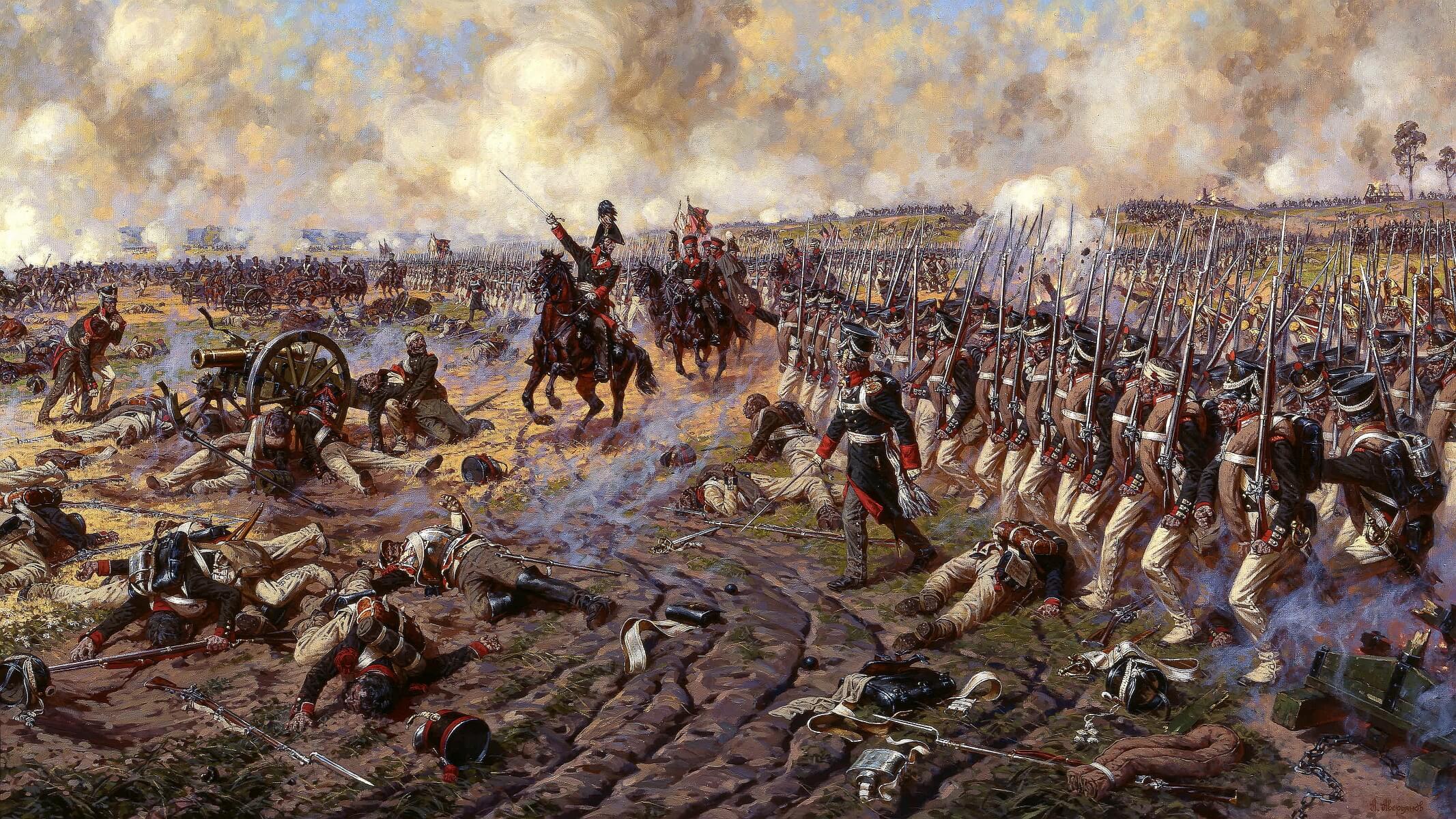Kheer Bhavani Temple in Kashmir is one of a kind. Dedicated to the goddess Ragnya Devi, a form of Durga, it is located at Tullamula of Srinagar district, in Jammu & Kashmir. Tullamula, itself has an interesting origin. The land at Tullamula is extremely swampy and it was once believed to be a floating island. Hence it was called Tullamula from the words, ‘tula’ meaning cotton, referring to the softness of the land and ‘mula’ meaning worth. Locals say that if they dig a hole one can find water underneath with fishes in it. The water and its marine life are fed by the Sindh River. Yet another version says that the town gets its name from two different words, ‘atulya mulya’ meaning great value.
The story goes that Ravan used to worship Goddess Shama (a form of Parvati/Durga). Pleased with his devotion, she manifested herself in nine different forms and Ravan worshipped her with all the devotion in all her forms. Things were fine till he kidnapped Sita leading to the familiar epic battle of Ramayana. When Ravan’s brothers and sons dies in battle, his wife Mandodari requested that he send Sita back, but Ravan was adamant. His behaviour incurred the wrath of the goddess Shama too who cursed him that he would soon meet his end.
The goddess then requested Hanuman to take her away from Ravan’s kingdom. Hanuman took Goddess Shama along with 360 nags, serpents, and brought her to Satisar (Kashmir) and installed her at the present location. Goddess Shama also known as Ragnya was fond of kheer, rice pudding, and thus all the devotees offer kheer to the goddess, leading to the temple referred to as Kheer Bhavani temple, the temple of goddess Durga who loves kheer!
Some versions say that Lord Ram was a devotee of Ma Bhavani and before he went to Lanka he had instructed Hanuman to shift the goddess from there and bring her to the present location.
Another interesting version:
According to this, Krishna Pandit, a pious Brahmin once had a vision where he was told by an angel to offer respects to Ma Ragnya who was in the swamps of Tullamula. On asking how he would identify the exact location, he was asked to hire a boat from a place called Shadipora and then follow a snake. On boarding the boat, he saw a snake guiding him, which disappeared at the spot where lay a tree trunk of a mulberry tree. Krishna Pandit offered milk and other things that he had brought along with him and was happy to discover the home of Ragnya.
Krishna Pandit placed a stick at the spot and later the place was filled with mud to form a temple structure. On completion of the worship, Krishna Pandit found a bark floating at the site. He took the bark to find a shloka in praise of goccess Ragnya. He is subsequently supposed to have composed a poem in her honour, which incidentally is recited till date.
Since Krishna Pandit had found the spring on the seventh day of the Hindu month of Ashadh (June-July) the place is visited by all the local population on the eighth day of Ashadh. The day is considered to be the most auspicious and it is said that all the Kashmiri Hindus consider this deity to be their guardian mother goddess. A festival is held at this time and people observe a fast on the Ashadhi Ashtami.
The temple complex houses a spring which has its own significance. A seven sided structure houses a spring which stretches from the eastern end of the temple to the western end. The offering of kheer is made into this spring. Devotees say that the water at the spring changes colour to different shades of red, pink, orange and green and others. Black usually is seen as a bad omen. The spring is mentioned in the writings Abul Fazal and Swami Vivekananda who are supposed to have visited this place.
In the present context, the temple is also a sign of Hindu-Muslim unity. On the day of Ashadhi Ashtami, many local Muslims line up outside the temple to offer kheer to their Hindu brethren. Even in such a communally charged atmosphere this practice is followed with a lot of camaraderie.
Story collected by: Utkarsh Patel
Source: Srinagar & its Environs by Samsar Chand Koul (published under a single book on Kashmir
